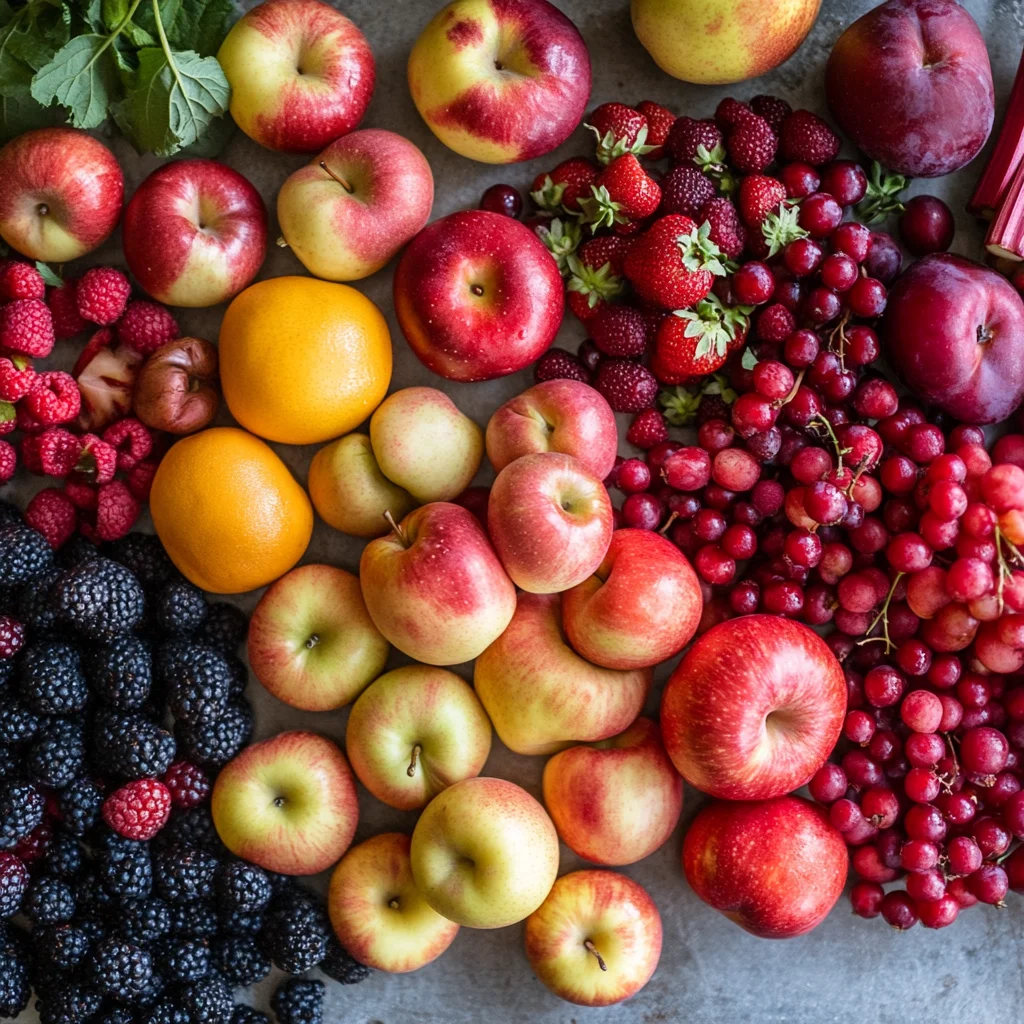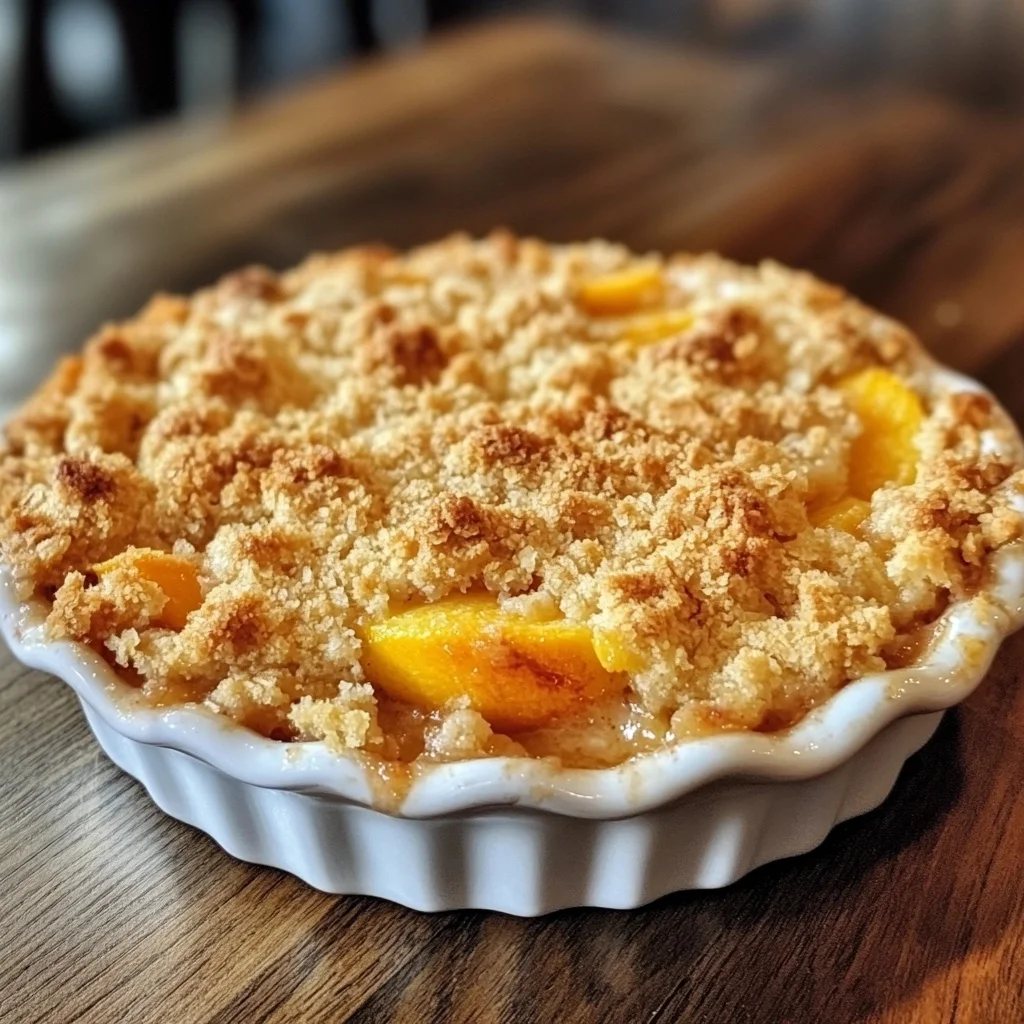What is the secret to good crumble? It’s a question many bakers ask themselves when striving for the perfect dessert. While it might seem like a simple dish, achieving the right balance of flavors, textures, and technique is essential to creating a truly irresistible crumble. In this article, we’ll reveal the secrets behind making the perfect crumble every time!
Key Ingredients for a Perfect Crumble
The Filling: The fruit is the heart of a crumble, and it needs to shine through the topping. Here’s how to achieve a flavorful filling:
- Fruit: Choose ripe, firm fruit that will hold up during baking. Apples, berries, peaches, and rhubarb are all excellent choices.
- Sugar: Adjust sugar based on the sweetness of your fruit. A little sugar will enhance the natural flavors without overpowering them.
- Spices: Add depth with a dash of cinnamon, nutmeg, or lemon zest.
- Thickener: A small amount of flour or cornstarch can prevent the filling from becoming too watery, creating a beautiful consistency.

The Topping: The topping is where the magic happens. Achieving a perfect, crumbly topping requires the right balance of ingredients and technique:
- Butter: Use cold, unsalted butter. This is key to a crumbly topping. Cut it into small cubes before incorporating it into the flour.
- Flour: All-purpose flour is the standard, but whole wheat or oat flour can offer a nuttier flavor.
- Sugar: A mix of granulated and brown sugars gives the topping the perfect blend of sweetness and caramelized flavor.
- Oats: Rolled oats add crunch and texture to the topping.
The Right Texture for the Topping
The texture of the topping is crucial. You want it crumbly, not dry. Here’s how to achieve that perfect texture:
- Cold Butter: Start with cold butter to create small clumps when mixed with the dry ingredients. This is key for a light, crumbly topping.
- Mixing Method: Use your hands or a pastry cutter to incorporate the butter into the dry ingredients. Overworking the mixture can result in a dense topping.
- Size Matters: Don’t worry about uniformity—larger pieces of butter will melt during baking, creating pockets of crispness.
- Chill the Topping: If you have the time, chill the topping in the fridge before adding it to the fruit. This helps maintain its crisp texture during baking.
Balance Between Sweetness and Tartness
One of the key elements of a good crumble is the right balance of sweet and tart. Here’s how to get it just right:
- Adjust Sweetness: Taste the fruit before adding sugar to ensure you’re not over-sweetening it.
- Tart Fruits: Combine sweet fruits like apples with tart ones like rhubarb to create a complex flavor profile.
- Acid: A splash of lemon juice or zest can balance the sweetness and enhance the natural flavors.

Choosing the Right Fruit for the Filling
The fruit selection is crucial. Here’s what to keep in mind:
- Firm Fruits: Apples, pears, and stone fruits like peaches and plums hold up well during baking. Avoid overly juicy fruits to prevent sogginess.
- Berries: Berries like raspberries and blackberries cook quickly but can be too juicy. A bit of flour or cornstarch helps absorb excess liquid.
- Rhubarb: This tart fruit pairs wonderfully with sweeter fruits, adding complexity to the crumble’s flavor.
Baking Tips for a Golden, Crisp Finish
To achieve the perfect golden finish, follow these tips:
- Oven Temperature: Bake at 350°F (175°C) for a balanced result, where the fruit softens and the topping becomes golden.
- Shallow Dish: A shallow baking dish ensures the topping spreads evenly and crisps up nicely.
- Monitor the Bake: If the topping browns too quickly, loosely cover the crumble with foil and continue baking until done.
Conclusion
The secret to a great crumble lies in balancing the flavors and textures—using fresh, ripe fruit, the perfect amount of sugar, and a crisp, buttery topping. By following these tips, you can elevate a simple dessert into something truly special. Happy baking!

